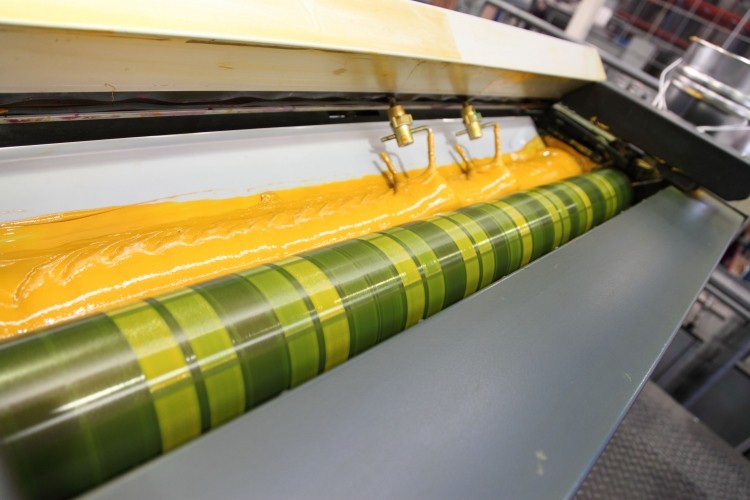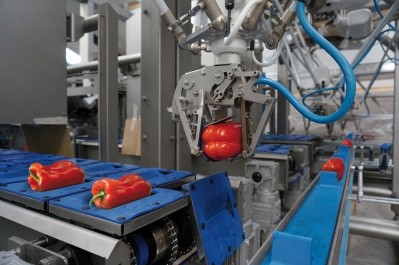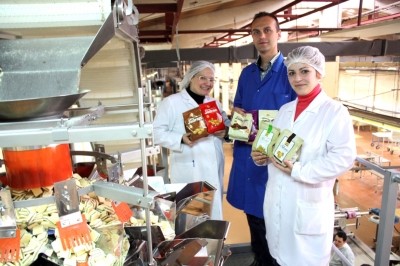Visibility and portion control loom large for cartonboard

Nikki Clark, marketing manager for convenience and consumer products at Graphic Packaging International (GPI), said: “We’ve seen a change in attitudes to visibility, with greater use of apertures, windows or smaller sleeves. We think it’s about increasing consumer trust, especially but by no means exclusively on high-end ranges. It’s also about confirming perceptions of value.”
She said that the company first noticed this shift in the wake of the 2013 horsemeat scandal. “There have been a few issues that have shaken consumer trust,” Clark pointed out. “But it’s also about manufacturers showing more pride in the food they’re producing.
Greater consumer awareness
“We’ve even started to see this happening in frozen foods, which you never used to see, including one major retailer’s range of frozen ready meals. In part, this is to do with greater consumer awareness of the nutritional value of frozen foods.”
Food manufacturers and their packaging suppliers were also responding to the long-term growth in smaller-format stores, she said, quoting think-tank IGD’s forecast that this shift away from the larger stores would continue at least up to 2020. Co-Operative stores, as well as Tesco and Sainsbury convenience formats, were said to be leading this trend.
“Packaging and portion-sizes are increasingly going to have to be tailor-made for the convenience shopper,” she said.
Foil blocking
Other tendencies are linked to the technical capabilities of converters and their ink suppliers. For example, although foil blocking remains a popular option for premium ranges in particular, there are now real alternatives.
“There’s been a move away from foil blocking towards ink effects,” Clark explained. “We are using a flexo silver ink on our litho presses. Importantly, it can replace metallised board, which is typically not recyclable.
“Technology has also moved on when it comes to low-migration inks. Ink manufacturers have been keeping one step ahead of EU regulations,” she said.

















